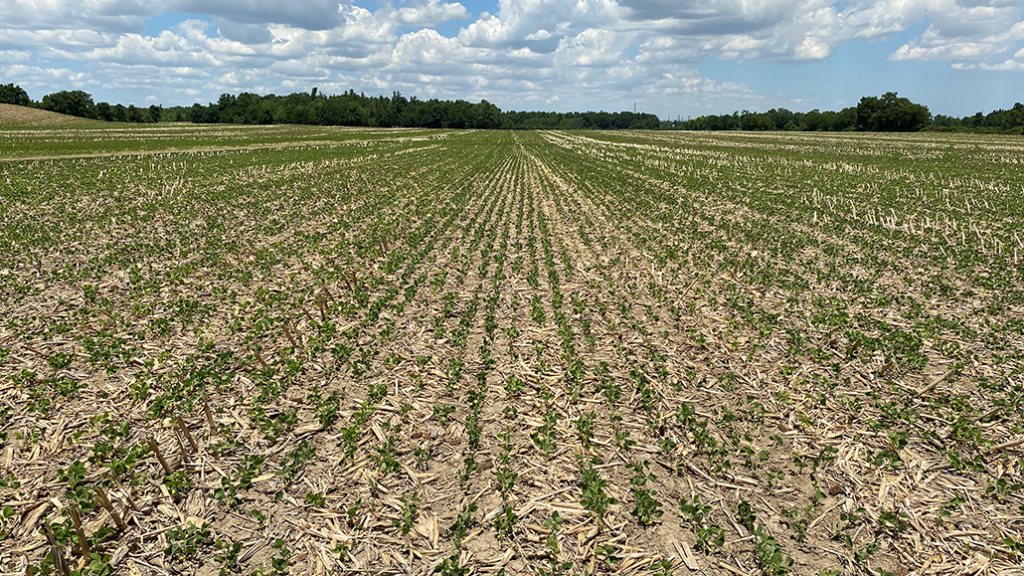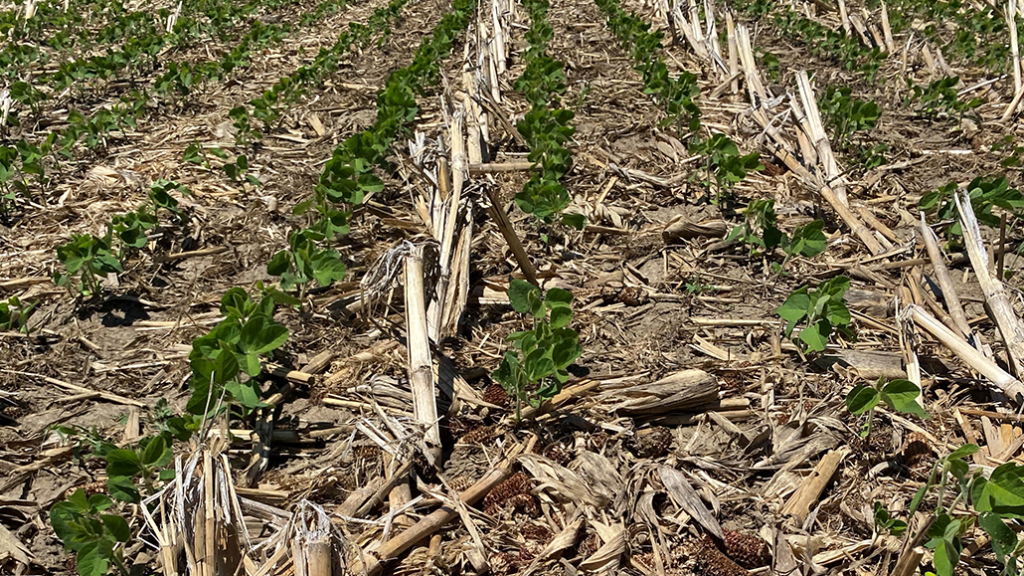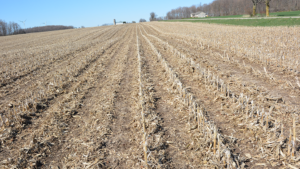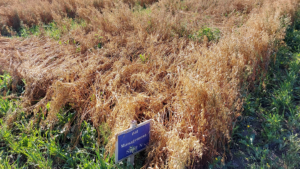No-till soybeans
AGRONOMIC INFORMATION FROM ONTARIO'S CROP SPECIALISTS

NO-TILL SOYBEAN production has been standard practice for many Ontario growers for decades. It’s a system that lowers production and labour costs, improves soil health, and significantly reduces soil erosion.
Past Ontario research has compared no-till to other tillage systems for soybeans. Trials have shown similar yields across a range of tillage systems, with a slight advantage to conventional tillage. Over the long-term, however, no-till soybeans can provide an economic yield advantage when included as part of a reduced tillage system across all crops.

No-till is not without its challenges, including lower plant stands, slug feeding, and in some cases, later planting dates. In spring 2022, the establishment of no-till soybeans was particularly difficult due to cool conditions, heavy residue from record corn yields, and compaction from a wet fall in 2021. Here are a few observations from no-till fields I have followed this year:
• Minimizing compaction by harvesting corn on frost improved conditions at seeding and final plant stand (Figure 1)
• Soybeans seeded into heavy corn residue did not emerge well (Figure 2)
• Planting into marginal soil conditions compromised stands

No-till soybean production is not just the absence of tillage; it is a system. The most successful no-till soybean growers manage all crops in rotation with reduced-tillage and pay close attention to all aspects of soil management. Effective corn residue management and compaction mitigation during harvest are keys to success for the following year’s no-till soybean crop.
Good variety selection and higher (e.g., 10 – 20 per cent) seeding rates are key to enhancing no-till soybean stands. A single pass of spring pre-tillage with a vertical tillage unit can also be beneficial, especially under cooler, wetter spring conditions.
Despite their slow start, no-till soybeans perform well in Ontario, assuming timely planting and adequate stand establishment (e.g., >100,000 plants/acre). The system protects precious topsoil, conserves soil moisture, and lowers production costs. With all these benefits, it’s worth the effort to make it work.
Visit www.fieldcropnews.com this winter to learn how a series of Ontario no-till soybean fields fared from start to finish in 2022. •























